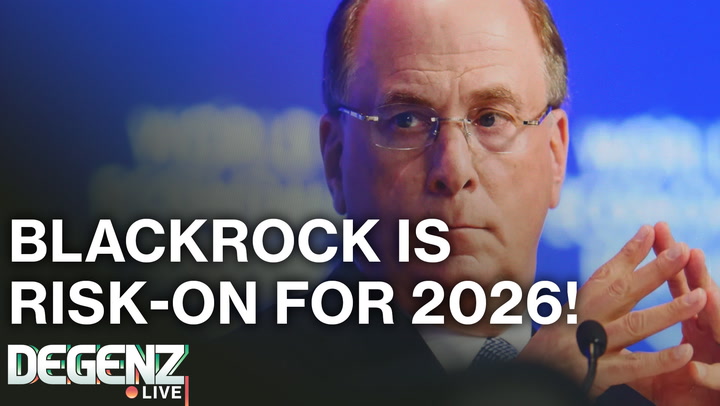
Ethereum, the world’s second-largest cryptocurrency by market capitalization, is facing notable turbulence as its price hit a two-week low amidst macroeconomic uncertainty and an impending $4 billion staking supply unlock.
Ethereum’s Current Price and Market Performance
The price of Ethereum has dropped 4.5% from its recent high of $4,350, settling around $4,150 as of late Tuesday, according to CoinGecko data. This decline mirrors a broader de-risking sentiment seen across the crypto and equity markets. Meanwhile, Bitcoin, often considered a market bellwether, saw its value correct to $112,000.
Recent data suggests Ethereum ETFs are also experiencing consecutive net outflows, ending a two-week streak of significant inflows. Many investors seem to be waiting for the Federal Reserve’s decision on a potential rate cut, expected to be addressed during the Jackson Hole meeting this Friday.
The Pressures of Staking Supply Unlock
The Ethereum Proof-of-Stake network currently has an exit queue of approximately 910,461 ETH, worth about $3.91 billion, as reports indicate. This suggests that many staking participants are exiting to lock in profits, particularly as Ethereum approaches its previous all-time high of $4,900.
Xu Han, a partner at HashKey Capital, explained that the rise in Ethereum borrowing rates on DeFi platforms like Aave has rendered leveraged staking strategies less effective, leading to a surge in unstaking activities. In contrast, demand for new Ethereum staking sits at roughly $1.09 billion, far behind the exit demand.
What Investors Need to Know
Despite fears of unstaking leading to a flood of supply into the market, Ethereum’s exit queue plays a critical role in stabilizing the network. As Ethereum developer Preston Van Loon noted, the queue prevents mass validator exodus during moments of market stress, preserving the blockchain’s economic security.
The Federal Reserve’s upcoming policy announcements may also affect Ethereum’s trajectory. Over-the-counter traders like Jake Ostrovskis have shared predictions of a potentially hawkish tone from Fed Chair Jerome Powell, triggering further de-risking ahead of the meeting.
Ethereum’s Network Activity Shows Decline
Adding to the challenges, Ethereum’s on-chain activity appears to be slowing. Active addresses interacting with the network have dropped by 28% from a late July peak. Network growth, which tracks new user adoption, has similarly fallen, highlighting concerns over adoption stagnation.
Long-Term Outlook Remains Positive
Despite this short-term uncertainty, key industry players remain bullish about Ethereum’s long-term potential. Many predict Ethereum could hit $6,000 to $8,000 by year-end, driven by institutional inflows and increased adoption of digital asset products.
For those looking to gain a stake in Ethereum’s promising future, tools like Kraken can simplify cryptocurrency investments and trading while ensuring robust security and user accessibility.
As crypto investors navigate these turbulent times, remaining informed on staking mechanisms, Federal Reserve decisions, and network growth metrics is critical to making smarter investment decisions.



